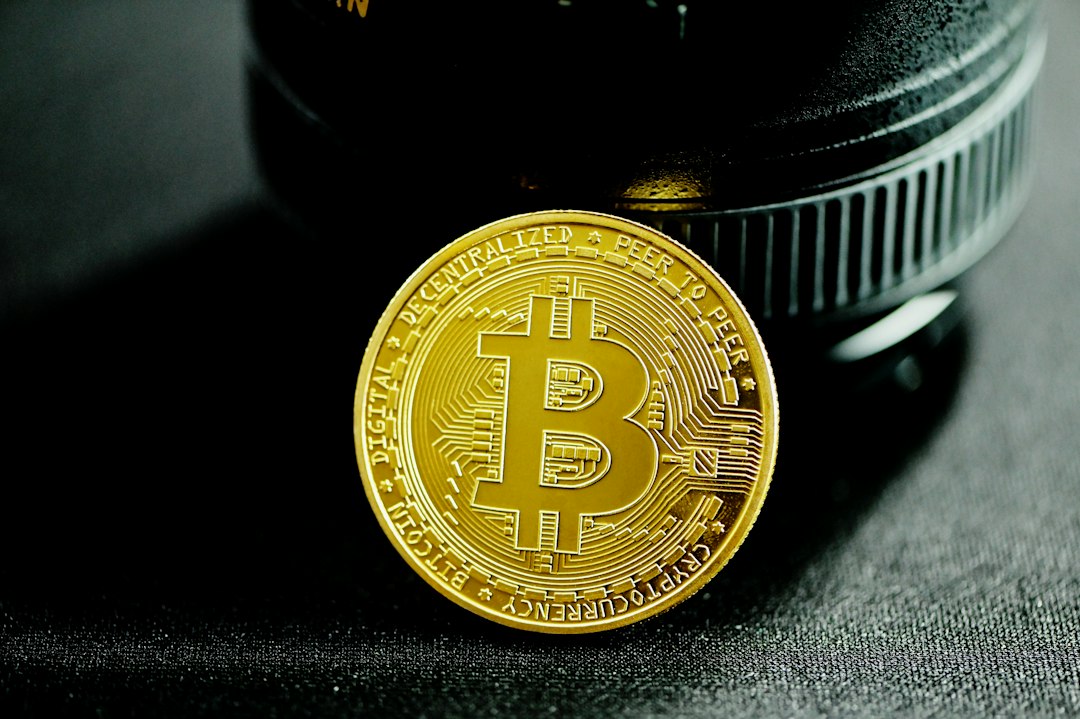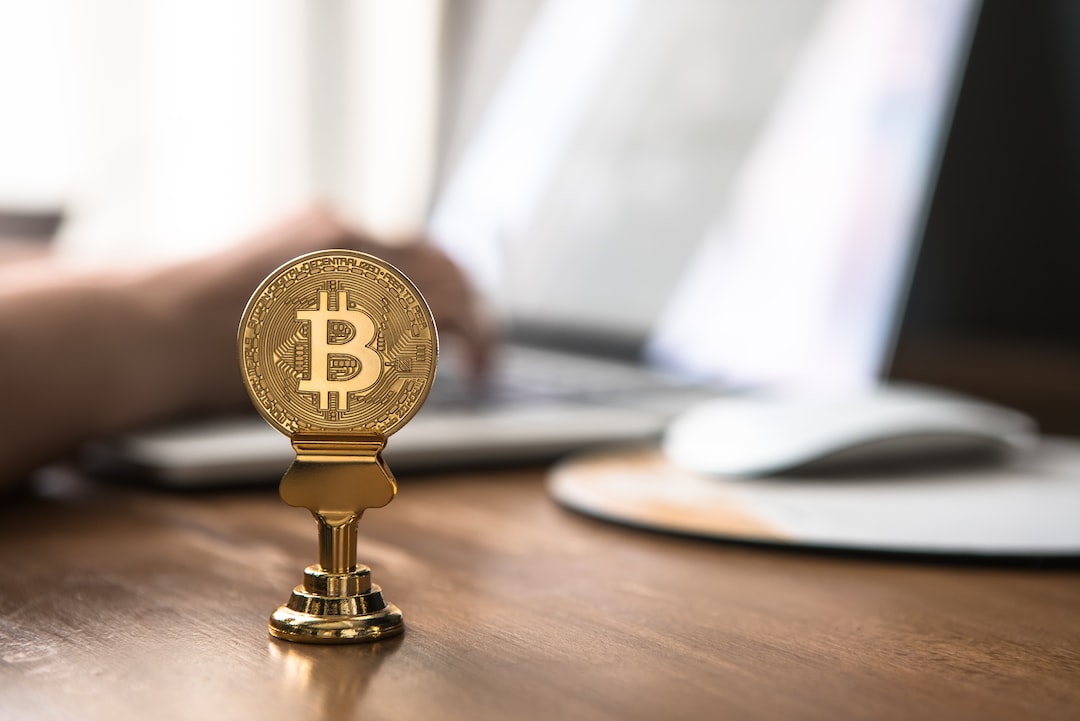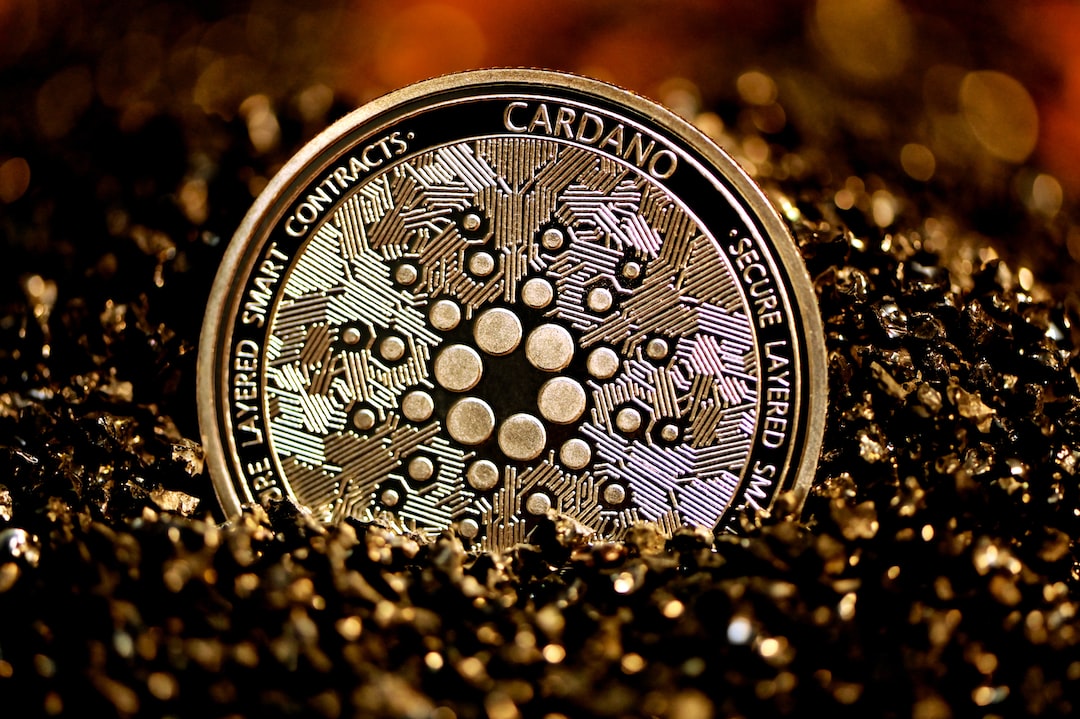Crypto Stablecoins: A Closer Look at Their Challenges and Potential
Despite their well-known flaws, crypto stablecoins continue to gain popularity in the market. These digital assets, such as Tether and USD Coin, aim to maintain a 1:1 value ratio with fiat currencies like the US dollar. While they serve as a bridge between the virtual and real-world representations of money, their use is primarily limited to crypto trading.
For individuals who don’t engage in cryptocurrency activities, traditional banking options with deposit insurance are still considered safer. However, regulators in Hong Kong and Singapore are embracing stablecoins, even after witnessing major price breaches and market losses.
The Potential of Purpose-Bound Money
Asian jurisdictions believe that regulating stablecoins backed by liquid reserve assets can lead to more efficient payment solutions beyond crypto trading. By programming tokens to fulfill specific conditions, stablecoins like XSGD (a digital form of the Singapore dollar) can be used for everyday transactions.
For example, a Chinese tourist in Singapore can pay in yuan through her Alipay+ e-wallet using XSGD for merchants that accept GrabPay. This purpose-bound money allows for instant cross-border transactions without expensive credit card fees.
Transparency and Consumer Protection Regulations
To ensure consumer protection and transparency, Asian regulators are focusing on implementing strict rules for stablecoin issuers. In Hong Kong and Singapore, issuers must disclose daily asset values and liabilities, provide weekly composition breakdowns of reserve assets, and produce monthly auditor reports.
Furthermore, these regulations prevent issuers from discouraging token redemption through high threshold amounts or fees. Capital requirements of up to 2% of the coin’s par value must also be met. Licensed players are prohibited from engaging in risky activities like lending and must only earn interest on reserve assets.
Contrasting Regulatory Landscapes
While Asia is making progress in stablecoin regulation, the United States’ regulatory landscape remains uncertain. PayPal faced a subpoena from the SEC after issuing a dollar-linked token, highlighting the ongoing debate about whether stablecoin issuers should adhere to stringent banking regulations.
The Future of Stablecoins in Asia
Asian financial hubs are taking a pragmatic approach to stablecoin regulation. If regulated stablecoins fail to gain mainstream adoption, funds can still be routed through tokenized bank deposits or central bank digital currencies (CBDCs). However, if regulated stablecoins do succeed, consumers will have more diverse payment options at their disposal.
Hot Take: The Rise of Stablecoins in Asia
The rise of regulated stablecoins in Asia reflects the region’s willingness to embrace innovation and develop efficient payment solutions beyond crypto trading. By implementing strict regulations focused on transparency and consumer protection, Asian jurisdictions aim to unlock the full potential of stablecoins while minimizing risks. While the future of stablecoins remains uncertain, one thing is clear: Asian consumers will have access to a wide range of novel payment methods.





 By
By
 By
By
 By
By


 By
By